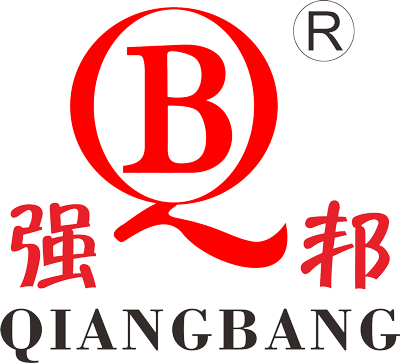Avantajul de aDIN 577 și DIN 562este capacitatea lor de a furniza specificații standardizate și cerințe tehnice pentru piese specifice, ceea ce poate aduce beneficii industriei în mai multe moduri:
1. Interschimbabilitate: Standardele DIN asigură că componentele fabricate conform acestor specificații sunt interschimbabile, facilitând întreținerea, repararea și înlocuirea pieselor. Acest lucru economisește costuri și reduce timpul de nefuncționare a utilajelor și echipamentelor.
2. Calitate și fiabilitate: Prin respectarea standardelor DIN, producătorii se pot asigura că produsele lor îndeplinesc anumite standarde de calitate și performanță. Acest lucru poate îmbunătăți fiabilitatea și siguranța aplicațiilor industriale.
3. Recunoaștere globală: Deși standardele DIN sunt utilizate în principal în Germania și în unele țări europene, acestea sunt recunoscute și respectate la nivel global, în special în industriile care apreciază expertiza inginerească germană. Acest lucru poate promova comerțul și cooperarea internațională.
4. Consecvența în industrie: Standardele DIN ajută la stabilirea consecvenței într-o anumită industrie, asigurând că componente precum șuruburile cu ochi și piulițele hexagonale îndeplinesc aceleași cerințe tehnice de la diferiți producători. Acest lucru poate crește predictibilitatea și standardizarea proceselor industriale.
5. Conformitate cu reglementările: Respectarea standardelor DIN poate ajuta producătorii să asigure conformitatea cu cerințele de reglementare și industriale relevante, în special în regiunile în care aceste standarde sunt adoptate pe scară largă.
Per total, beneficiile standardelor DIN 577 și DIN 562 includ promovarea interschimbabilității, asigurarea calității și fiabilității, obținerea recunoașterii globale, stabilirea consecvenței în industrie și promovarea conformității cu reglementările. Acești factori contribuie la relevanța și importanța continuă a standardelor DIN în modelarea practicilor industriale.
În producția industrială, precizia, fiabilitatea și consecvența sunt esențiale. Aici intră în joc standardele DIN 577 și DIN 562, revoluționând industria în multe feluri prin furnizarea de specificații standardizate și cerințe tehnice pentru piese specifice.
Interschimbabilitatea este un avantaj cheie al standardului DIN. Componentele fabricate conform acestor specificații sunt garantate a fi interschimbabile, simplificând întreținerea, repararea și înlocuirea. Acest lucru nu numai că economisește costuri, dar reduce și timpul de nefuncționare a utilajelor și echipamentelor, crescând în cele din urmă eficiența operațională.
În aplicațiile industriale, calitatea și fiabilitatea nu pot fi compromise. Prin respectarea standardelor DIN, producătorii se pot asigura că produsele lor îndeplinesc standarde specifice de calitate și performanță, crescând astfel fiabilitatea și siguranța proceselor și aplicațiilor industriale.
Recunoașterea globală a standardului DIN reprezintă un avantaj semnificativ. Deși sunt utilizate în principal în Germania și în unele țări europene, aceste standarde sunt respectate și recunoscute la nivel mondial, în special în industriile care apreciază expertiza inginerească germană. Această recunoaștere promovează comerțul și cooperarea internațională, deschizând calea către noi oportunități și colaborări.
Consecvența în industrie este un alt beneficiu al standardului DIN. Acesta ajută la crearea uniformității în cadrul unei anumite industrii, asigurându-se că componente precum șuruburile cu ochi și piulițele hexagonale îndeplinesc aceleași cerințe tehnice de la diferiți producători. Acest lucru promovează predictibilitatea și standardizarea proceselor industriale, eficientizând operațiunile și crescând eficiența generală.
Conformitatea cu reglementările este un aspect important al producției industriale. Respectarea standardelor DIN poate ajuta producătorii să asigure conformitatea cu cerințele de reglementare și industriale relevante, în special în regiunile în care aceste standarde sunt adoptate pe scară largă. Acest lucru nu numai că asigură conformitatea legală, dar crește și încrederea în calitatea și fiabilitatea produselor.
Împreună, DIN 577 și DIN 562 stabilesc standardul de aur pentru componentele industriale, oferind o varietate de beneficii, inclusiv interschimbabilitate, calitate, recunoaștere globală, consecvență în industrie și conformitate cu reglementările. Adoptarea acestor standarde poate îmbunătăți procesele industriale, poate spori fiabilitatea produselor și poate deschide calea către noi oportunități pe piețele globale.
Data publicării: 11 iunie 2024

